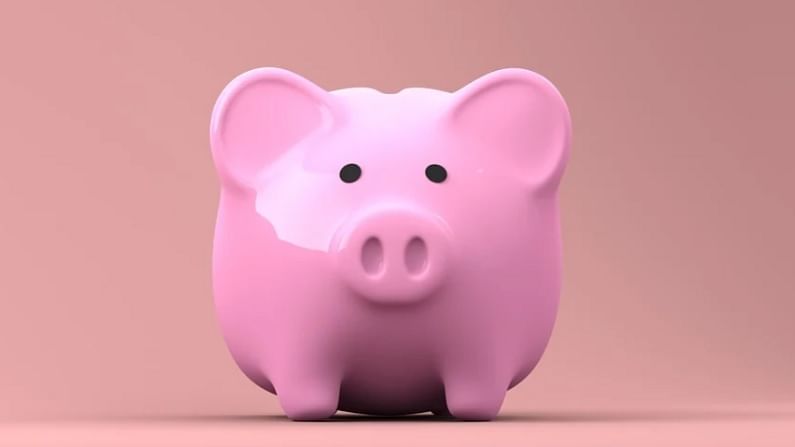A look at how inflation affects savings
- Soumalya Santikari
- Last Updated : July 2, 2021, 14:38 IST

Picture this – you are 15 and go to the ice cream store to buy your favorite orange ice candy. You know 10 ice-cream sticks can be bought for Rs 100 and take exactly that much with you.
Fast forward 20 years – you decide to take your child to the same store to buy ice cream. Again, you carry only Rs 100.
However, when you get there, you realise that you are getting only 5 ice-cream sticks for the same amount. This is called inflation. In simple words, inflation is when the average prices in the entire country increase over a period of time. This means that your purchasing power will also decrease.
You must have heard your parents saying how their pocket money was Rs 1 per week and they would buy everything in that.
But in 2021, a rupee can fetch a candy or a chewing gum.
What happened was that as the years went by, salaries, as well as prices, have gone up. By this, we can see the process of inflation in action. Inflation has averaged over 6.7% in the past 12 months.
If the inflation rises at a higher rate, you might feel as if you are losing money because while your balance would be increasing, it might not be able to keep up with the rising prices.
Here’s a simple example to illustrate this phenomenon. Let’s say you deposit Rs 1,000 in a savings account which has an interest rate of 10%. Now, after a year, you earn interest of Rs 100. If the inflation rate is 15%, this means that what you could have bought with Rs 1,000, suddenly costs Rs 1,150. So, you have lost around Rs 50 due to inflation.
It is an arduous task to tackle rising prices with limited high income opportunities available but the task has to be taken head on.
Download Money9 App for the latest updates on Personal Finance.
Related
- Budget’24: New LTCG rule to hit long-term property owners hard
- Looking to buy gold? Buy now before it’s too late!
- Budget 2024: What is NPS ‘Vatsalya’ scheme? How to apply & other benefits?
- Budget’ 24: Startup ecosystem all smiles with scrapping of angel tax
- Budget’24: New NPS scheme for minors launched, here’s how you can benefit
- Budget’24: Gold, silver prices to soften soon, customs duty drops to 6%

